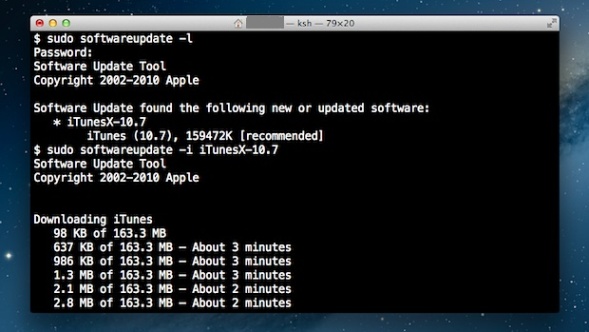

- Find any file command mac how to#
- Find any file command mac mac os x#
- Find any file command mac full#
- Find any file command mac mac#
- Find any file command mac windows#
which outputs something like this: 1 username staff 397 1 username staff 16899 1 username staff 9202 Apr 20 12:44 1 username staff 4268 1 username staff 40272 1 username staff 274 1 username staff 3989 Apr 16 22:12 1 username staff 3177 1 username staff 2684 1 username staff 1997 1 username staff 2546 Nov 15 14:47 1 username staff 27695 Nov 23 06:03 1 username staff 7777 1 username staff 413 1 username staff 334 1 username staff 9913 1 username staff 18545 Nov 15 19:44 1 username staff 3702 1 username staff 3266 xmlrpc. Find Any File is a program for Apples macOS that lets you search for files on your disks. Then if you want more information, try this: mac:wordpress username$ ls -la *> file-list-full.txt files-all.txt List contents of directory mac:wordpress username$ ls -m1 *> file-list.txt files-recursive.txt Get everything find. List all files, first level folders, and their contents ls * -r List all first-level subdirectories and files file */* Save file list to text file */* *>. New file commands make it easy to manage your Amazon S3 objects. Renames files and organizes in directories (by date or by any other meta. To find out more, check out the related blog post on the AWS Command Line Interface. Find Any File searches your local and network disks for files by name, creation or modification date, size or kind. now having collected some useful commands, I want to post ‘em for future reference. The MacOS package installs the ExifTool command-line application and libraries. Open Utilities folder and select Terminal.app.
Find any file command mac full#
The Unix find command shows the full path of matching files.
Find any file command mac mac#
The file path on Mac will be listed under Where in the Get Info window that. Spotlight should let you find nearly any file you create or store in macOS with ease, but it doesn’t always work that way. Here’s how: Locate the file you’re looking for on your Mac.
Find any file command mac how to#
You should be in the Applications folder. If you know which file you want to reference later, knowing how to find the path of a file in Mac is actually pretty simple. As I’m not an expert in Terminal, it took awhile to figure out the magic recipe. Follow these steps to run the script files: Right-click on the. Then, with a single command, you create and start all the services from your. Go to the menu bar > press File > choose Find at the very bottom of the drop-down menu.
Find any file command mac windows#
Therefore, you should change the Windows drive path in the command line as shown below. If your target file is located in D: drive, you won’t find it anywhere in the Windows folder from the C: drive.
Find any file command mac mac os x#
How to Change Directories in Windows Command Prompt for Easy Access to Folder Paths Use Mac OS X Spotlight search to find missing files. No matter where your text is in the actual name of the file, that file will be listed in the results.

(look for the + under the search field on the top right) If you are looking to do this on the command line, you can use: mdfind 'kMDItemFSSize > 102410241024' In a test on my machine, the Spotlight search didnt find a. Adding an asterisk at the end of the name, like business*, will find all the files with your search term at the beginning of the name. In a Finder window, start a Spotlight search and choose the File Size and also System files from the drop down menu.

It indicates that the search will locate all file names that contain your search term. * is used by command-line apps as a wildcard.The first point of call for many people is to open Spotlight and look for the file: Press Command-Space to open Spotlight. /s tells dir to search all sub-directories. Use Mac OS X Spotlight search to find missing files.The backslash (\) tells dir to search from the root directory of the current drive.dir is a command used to show files in the current directory but can also locate data elsewhere in the system.What do all the terms mean in the command line search request? The correct file path can be easily identified by the size of the folder. Once you press Enter, it may look like nothing is happening for a second or two, but soon all the file paths mentioning the correct file or folder will be identified and named.


 0 kommentar(er)
0 kommentar(er)
